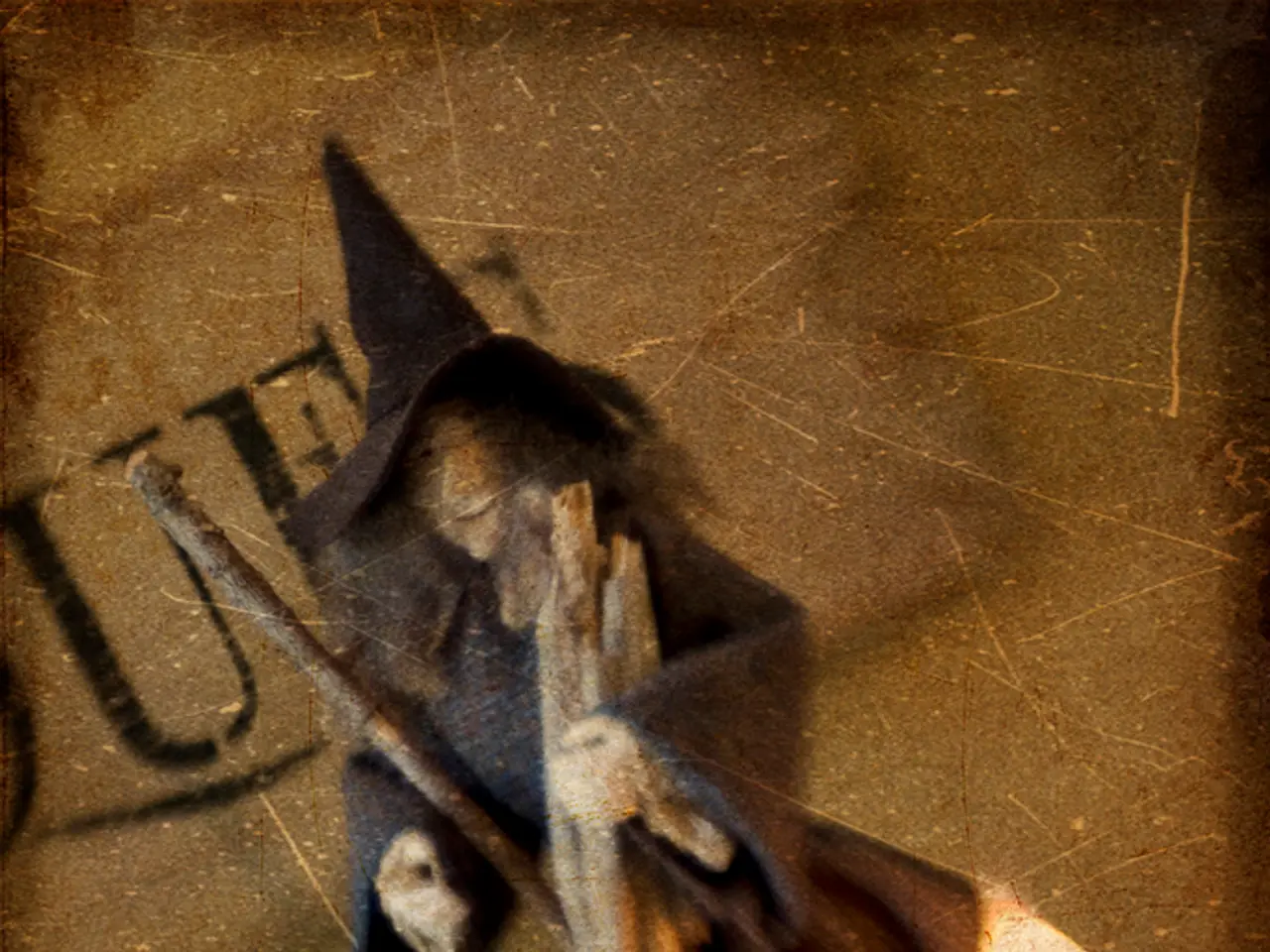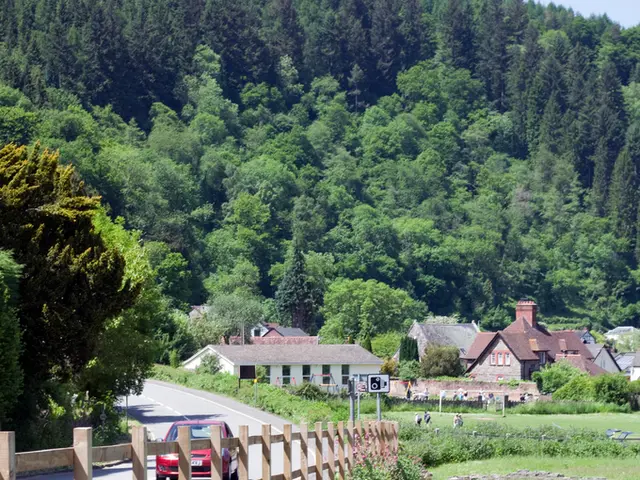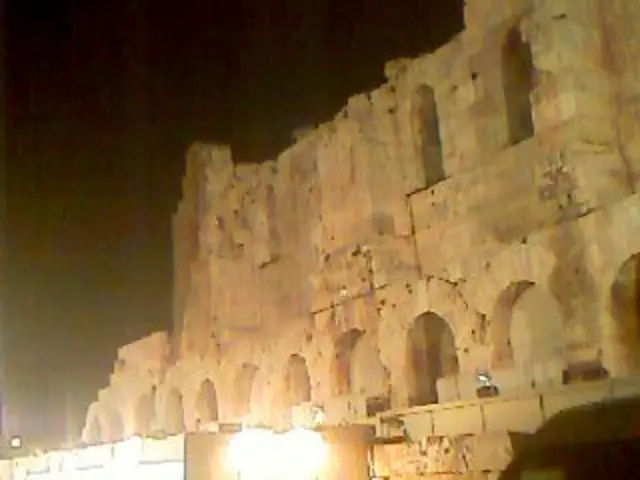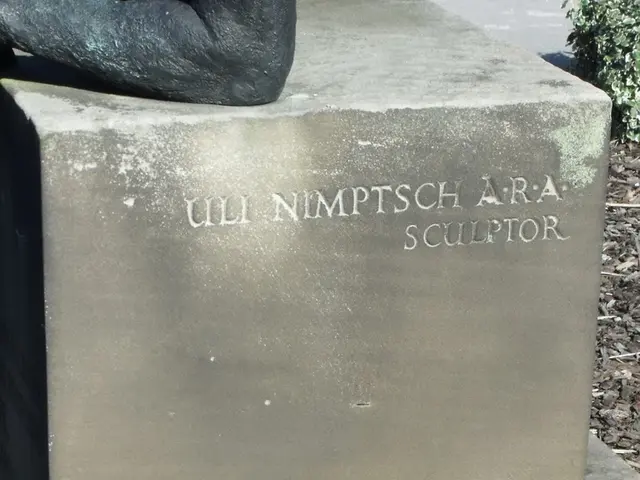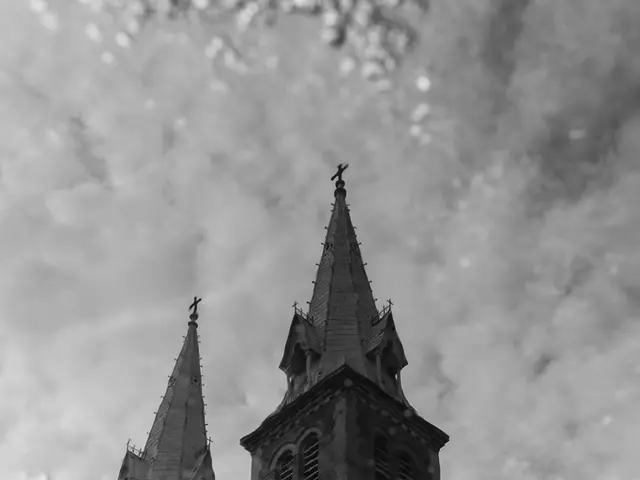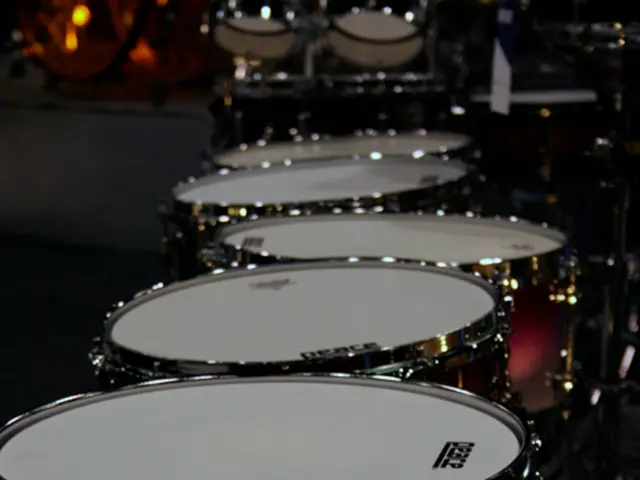Halloween's Ancient Origins to Modern Celebration
Halloween, celebrated annually on October 31, traces its roots back to the ancient Celtic festival of Samhain, observed around 2,000 years ago. This pagan ritual, marked by offerings to appease spirits and bonfires to protect against them, has evolved significantly over time, blending with Christian traditions and transforming into the modern celebration we know today.
Samhain, celebrated by the Celts in present-day Ireland, was a time when the boundary between the living and dead worlds dissolved. The festival, held at Rathcroghan, involved rituals to honour the spirits of the 'Otherworld'. As Christianity spread, the Church absorbed and reinterpreted these pagan customs. Pope Gregory IV declared November 1 as All Saints' Day, with the eve of this holy day becoming All Hallows' Eve, or Halloween.
Irish immigrants brought Halloween to America in the 19th century. There, it evolved into a spectacle featuring costumes, trick-or-treating, and carved pumpkins. This modern iteration retains echoes of its ancient origins, such as the tradition of disguising oneself to protect against spirits, a practice dating back to the original Samhain celebrations.
From its pagan origins in ancient Europe to its Christian integration and eventual evolution into the modern American celebration, Halloween remains a unique blend of cultural and religious traditions. Despite its transformations, the festival continues to honour its roots, offering a fascinating glimpse into the enduring power of human rituals and beliefs.
